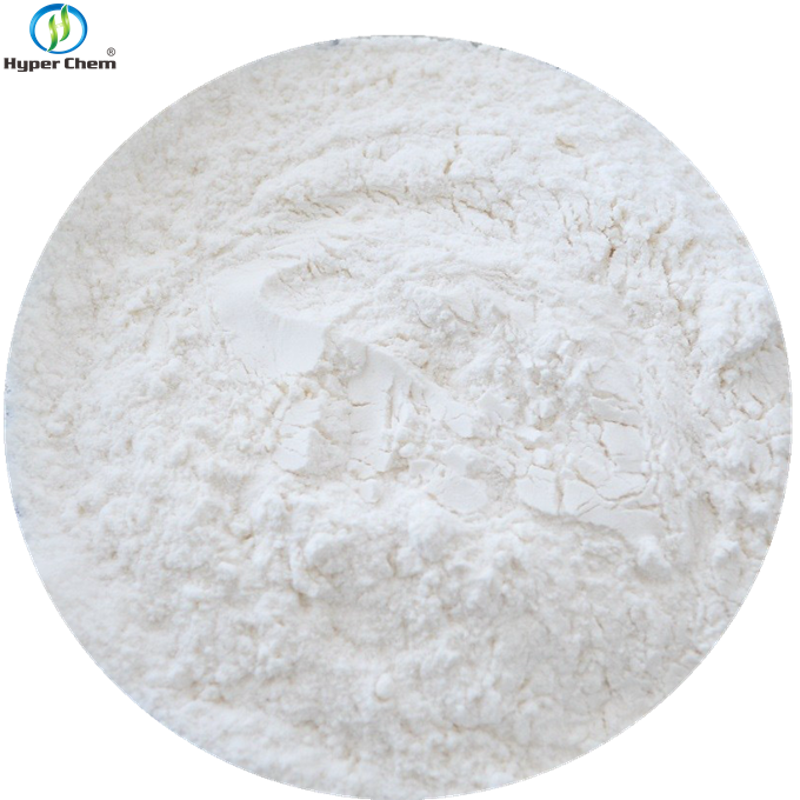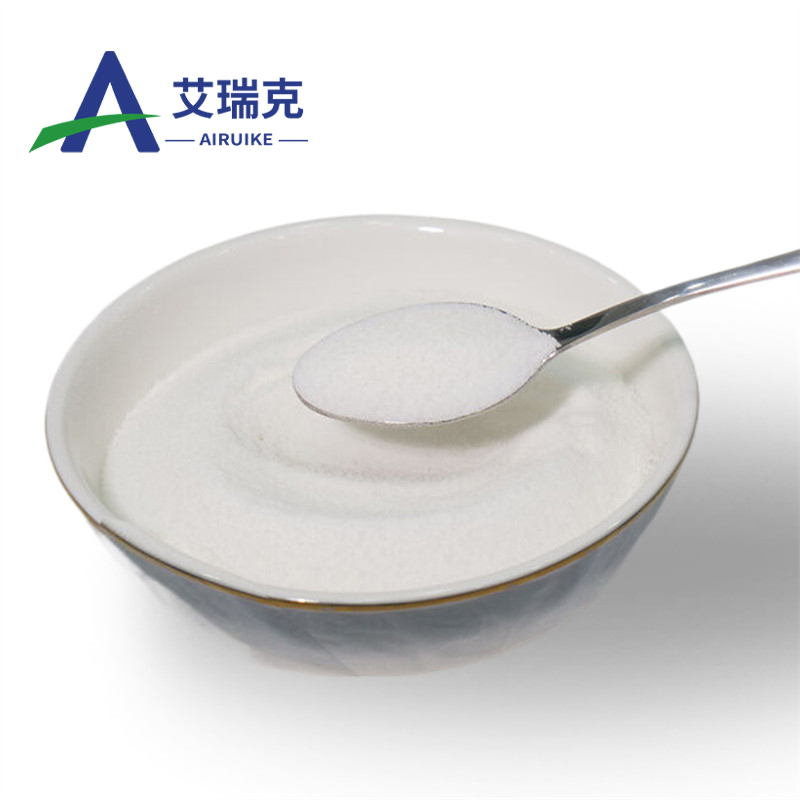-
Categories
-
Pharmaceutical Intermediates
-
Active Pharmaceutical Ingredients
-
Food Additives
- Industrial Coatings
- Agrochemicals
- Dyes and Pigments
- Surfactant
- Flavors and Fragrances
- Chemical Reagents
- Catalyst and Auxiliary
- Natural Products
- Inorganic Chemistry
-
Organic Chemistry
-
Biochemical Engineering
- Analytical Chemistry
-
Cosmetic Ingredient
- Water Treatment Chemical
-
Pharmaceutical Intermediates
Promotion
ECHEMI Mall
Wholesale
Weekly Price
Exhibition
News
-
Trade Service
▎WuXi AppTec content team editor
Title image source: 123RF
Reference:
[1] Dan Tan et al.
, A class of anti-inflammatory lipids decrease with aging in the central nervous system.
Nature Chemical Biology (2022).
https://doi.
org/10.
1038/s41589-022-01165-6[2] Salk scientists discover anti-inflammatory molecules that decline in the aging brain.
Retrieved Nov.
1, 2022 from style="margin-bottom: 0px;outline: 0px;color: rgb(34, 34, 34);font-family: system-ui, -apple-system, BlinkMacSystemFont, "Helvetica Neue", "PingFang SC", "Hiragino Sans GB", "Microsoft YaHei UI", "Microsoft YaHei", Arial, sans-serif;letter-spacing: 0.
544px;white-space: normal;background-color: rgb(255, 255, 255);line-height: 1.
75em;">
With age, chronic inflammation, accumulated stress, metabolic changes and many other factors jointly drive aging, and the risk of many related diseases increases, such as Alzheimer's disease, Parkinson's disease and other neurodegenerative diseases
.
According to a new research paper published in Nature Chemical Biology, a subsidiary of Nature, scientists have recently discovered a class of lipid molecules in the brain that may be a "hidden key role"
involved in brain aging.
The researchers note that the discovery helps unravel the molecular basis of brain aging, revealing new mechanisms behind age-related neurological diseases that promise to provide new opportunities
for anti-aging.
This type of molecule is called 3-sulfogalactosyl diacylglycerols (SGDG).
The name may seem unfamiliar, but according to the researchers, such lipid molecules were first discovered as early as the 1970s, but there have been few
follow-up studies.
"These lipids were almost forgotten and disappeared
from the lipid database.
No one knows that SGDGs change or modulate in aging, let alone that they are biologically active and may be therapeutically targeted
.
Dr.
Dan Tan of the Salk Institute, the first author of the research paper, said
.
Lipids are an indispensable class of basic components of the central nervous system and play an important role in the structure, development and function of a healthy brain, while lipid dysregulation is related to
aging and brain diseases.
But the role of lipids in brain aging has received far
less attention than genes and proteins.
In this study, Professor Alan Saghatelian of the Salk Institute, in collaboration with Professor Dionicio Siegel of the University of California, San Diego (UCSD), led a team to explore the relationship between lipid molecules and brain aging in an unusual way, combining
large-scale lipid studies (lipidomics) with structural chemistry and data analysis.
Using lipid liquid chromatography-mass spectrometry, the research team analyzed mouse brains at five age stages (from 1 month to 18 months) and obtained an age-dependent lipidome map
of mice.
Data analysis showed that lipid levels in the brains of old mice differed greatly from those of young mice, with SGDG and its associated members, such as potential degradation products, decreasing significantly with age, suggesting that they may play a role
in brain aging.
The research team determined the structure of SGDG molecules and tested their biological activity
.
Further analysis found that SGDG has anti-inflammatory properties and inhibits the release of pro-inflammatory cytokines by microglia and the like by acting on the NF-κB pathway, and these processes are known to be involved in the regulation of aging, meaning that SGDG-like molecules may have an impact on
neurodegenerative diseases and other neurological diseases related to increased inflammation in the brain.
Crucially, the team also detected the presence of SGDG-like molecules in human and primate brains, suggesting that such evolutionarily conserved molecules may play a role in animals other than mice, with particular interest in human aging and neuroinflammation
.
The researchers conclude their abstract by noting that the results "underscore the complexity of the brain lipidome and its potential biological functions in aging," and will investigate how SGDG-like molecules are regulated with aging and which proteins are responsible for producing and breaking down SGDG, with the prospect of discovering new pathways
associated with aging.
Title image source: 123RF
Reference:
[1] Dan Tan et al.
, A class of anti-inflammatory lipids decrease with aging in the central nervous system.
Nature Chemical Biology (2022).
https://doi.
org/10.
1038/s41589-022-01165-6[2] Salk scientists discover anti-inflammatory molecules that decline in the aging brain.
Retrieved Nov.
1, 2022 from style="margin-bottom: 0px;outline: 0px;color: rgb(34, 34, 34);font-family: system-ui, -apple-system, BlinkMacSystemFont, "Helvetica Neue", "PingFang SC", "Hiragino Sans GB", "Microsoft YaHei UI", "Microsoft YaHei", Arial, sans-serif;letter-spacing: 0.
544px;white-space: normal;background-color: rgb(255, 255, 255);line-height: 1.
75em;">







